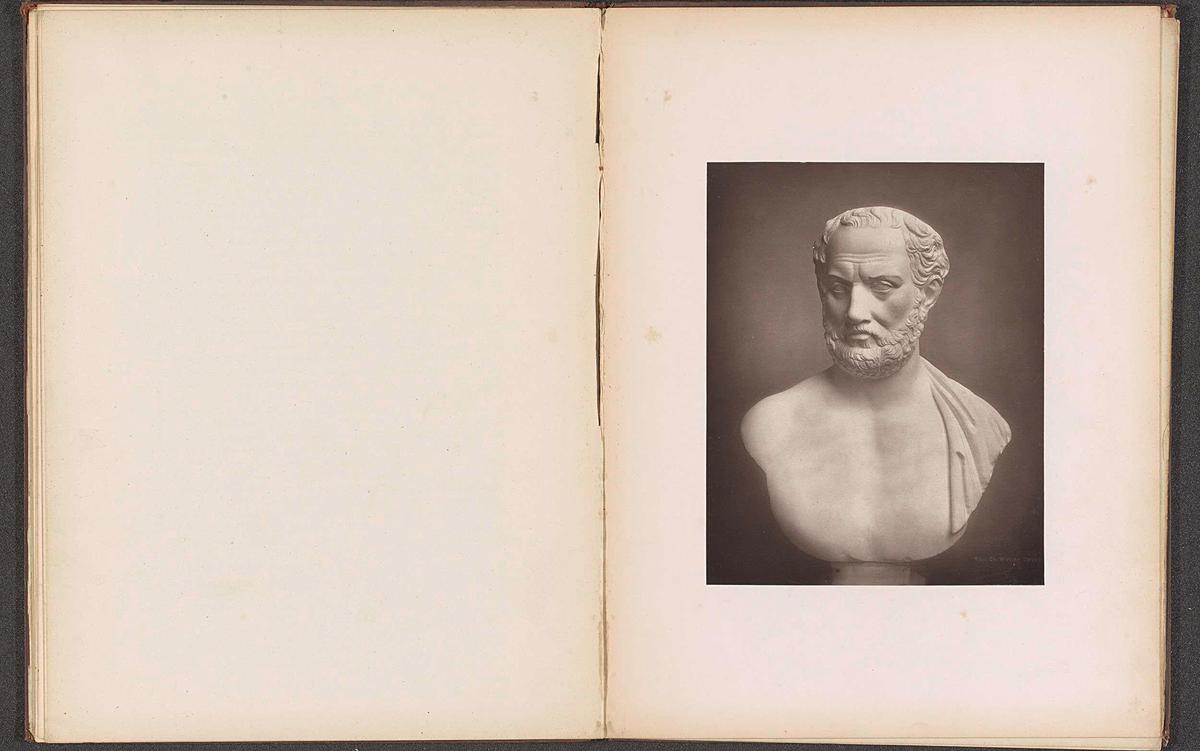
The Secret Lives of DNA
D NA first came to the public’s attention in 1953 when, as James Watson later claimed, Francis Crick “winged into The Eagle to tell everyone within hearing distance” that the two of them had discovered the secret of life.1 This secret was the double helical structure of DNA. The discovery was an achievement in its own right, but it should not be conflated with either the discovery of DNA itself or the discovery of its function as the material carrier of life’s instructions.2 These discoveries were made eighty-five and nine years earlier, respectively. Without knowledge of the existence of DNA and its vital function, no one would have thought to tackle the problem of its structure.
In Unravelling the Double Helix, Gareth Williams details the way in which Watson and Crick came up with their double-helix model only in the last quarter or so of his book, which comprises twenty-six chapters running to nearly 500 pages. The first three-quarters of the book traces the stories of several scientists from the mid-nineteenth century onward.3 All these people were, in one way or another, involved in some aspect of research on DNA and “were variously enthralled, seduced or infuriated” by it.4
I n a chapter aptly titled “In the Beginning,” Williams describes the first seduction enacted by DNA.5 It began in 1868, in a venue apropos for romance: a medieval castle in the German town of Tübingen. But any romantic images dissipate upon learning what went on inside. The castle had been acquired by the University of Tübingen in the 1830s, and during the icy winter of 1868, in an unheated laboratory occupying the space of its former kitchens, a young Swiss student named Friedrich Miescher was painstakingly washing pus off surgical bandages obtained from a nearby hospital.
Leave a Comment
Related Posts

Ancient woman's DNA provides first evidence for the origin of a mysterious lost culture: The Toaleans
Comment



















